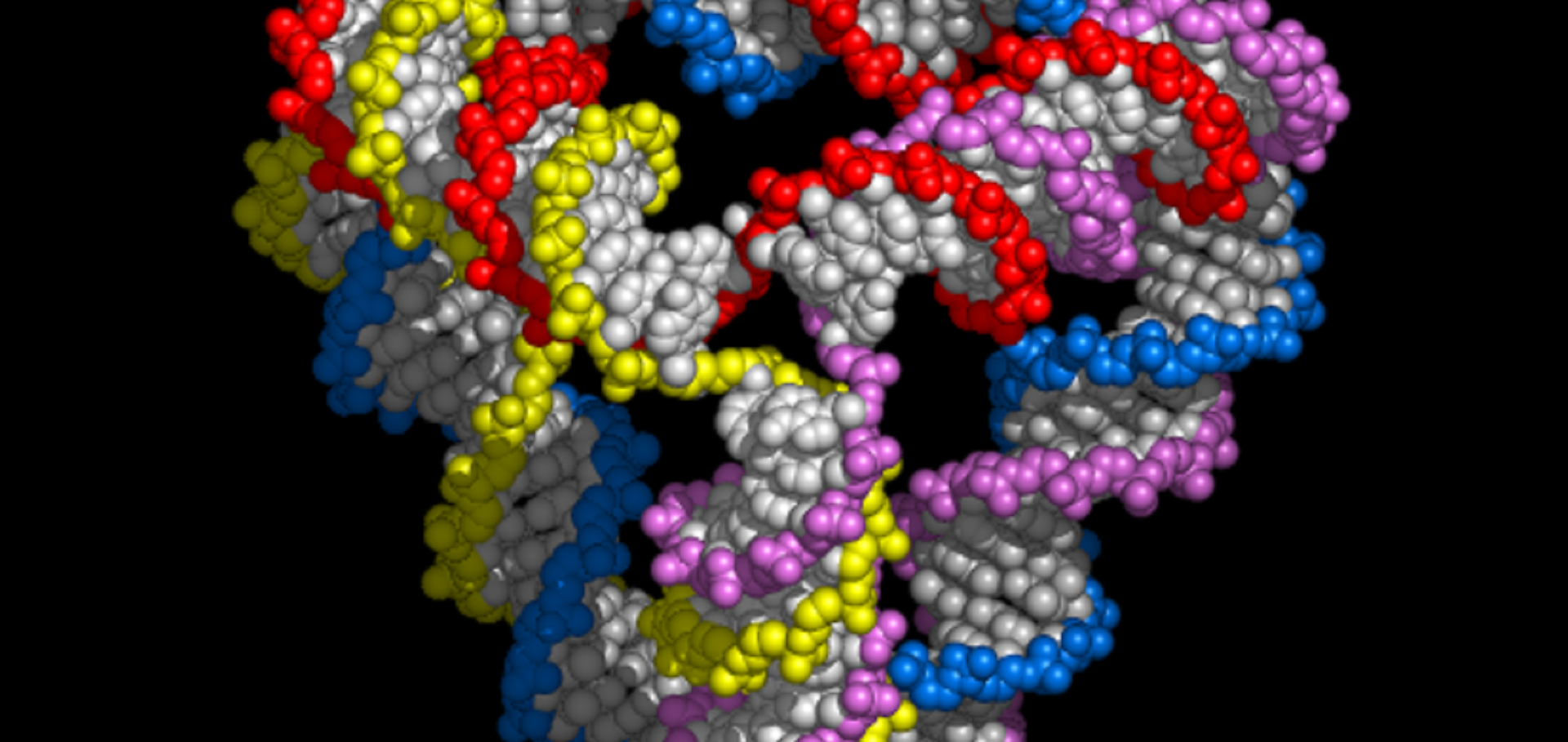A clocked finite state machine built from DNA.
Chem Commun (Camb) 49:3 (2013) 237-239
Abstract:
We implement a finite state machine by representing state, transition rules and input symbols with DNA components. Transitions between states are triggered by a clock signal which allows synchronized, parallel operation of two (or more) state machines. The state machine can be re-programmed by changing the input symbols.DNA Walker Circuits: Computational Potential, Design, and Verification
Lecture Notes in Computer Science Springer Nature 8141 (2013) 31-45
Molecular machinery built from DNA
NOBEL SYMPOSIUM 153: NANOSCALE ENERGY CONVERTERS 1519 (2013) 81-82
Probing GPCR-Gα interactions: A functional study by EM and SPR
EUROPEAN BIOPHYSICS JOURNAL WITH BIOPHYSICS LETTERS 42 (2013) S172-S172
Small molecule signals that direct the route of a molecular cargo.
Small 8:23 (2012) 3593-3597


